There is nothing quite like the jet-black plumage of a Crow. It is what has earned them a place in mythology as harbingers of death or bringers of bad luck. So are Crows black because they hail from a deep, dark spiritual place that we dare not mention, or is their coloration something much less foreboding?
Crows are black because of a substance in their feathers, skin, and beaks called melanin. It is present in nearly every bird species. Crows have high amounts of eumelanin which produces their black coloring. To other birds, they may look vastly different as their eyesight is so unlike our own.
Read on to discover more about what melanin does for a Crow; it does more than simply turn them black. I will also dive into the world of bird vision and explore the amazing way that birds see the world around them.

As an Amazon Associate, I earn from qualifying purchases. Birdwatch World earns commissions from Amazon and similar affiliate programs from any purchases made via links in this article.
Why Is Black Black?
Before we fully understand all the reasons Crows are black, we need to understand what makes black appear black in the first place.
Until the 17th century, humans believed that color was inherent within an object. That juicy red apple you were dying to sink your teeth into was thought to be, within its very skin, red.
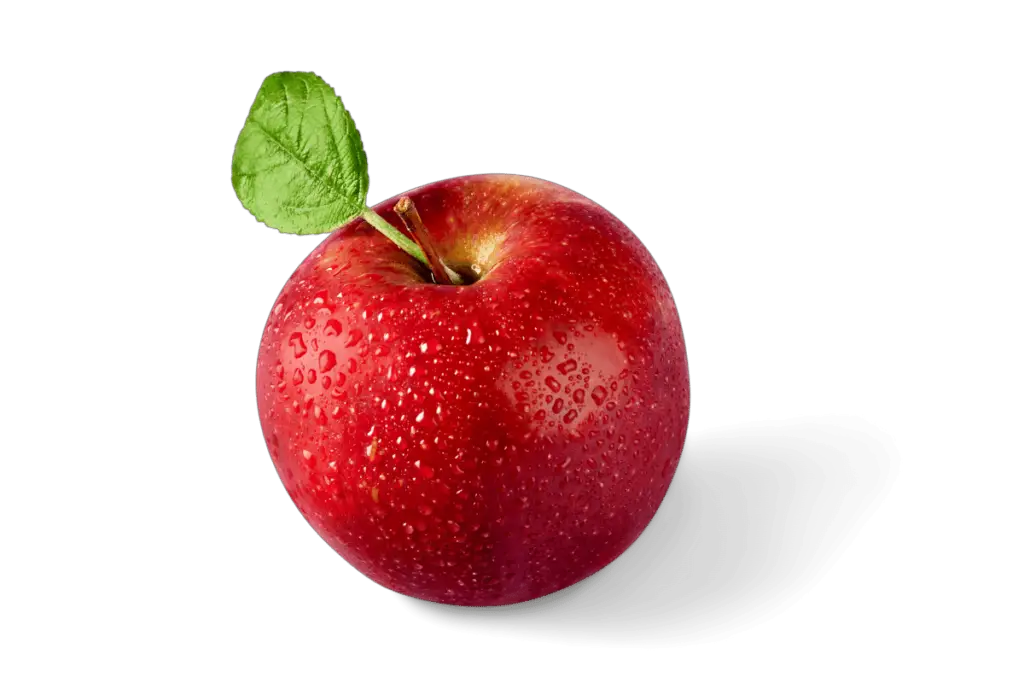
Sir Isaac Newton passed white light through a prism and showed us that it was made up of all the colors: red, orange, yellow, green, blue, indigo, and violet.
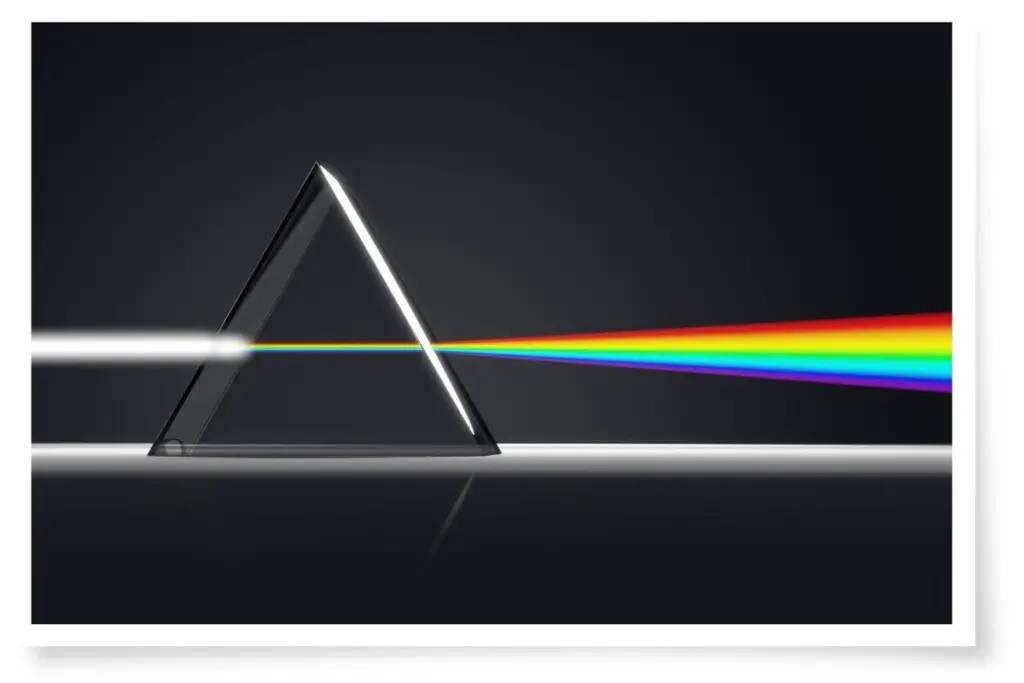
At the age of 29, Newton conducted a series of experiments to show that color is a consequence of reflected ambient light. That juicy red apple does not have red in its skin but in fact, reflects the frequencies of light that appear red in color.
A black object (like a crow) absorbs all frequencies of light and therefore does not have any color at all.
The 9 birds in this article from Birdwatch World certainly reflect light.
Why Are Crows Black?
Alright, so we know that Crows have a substance called melanin in their bodies which is responsible for their black coloration. We also know that things appear black because they absorb all frequencies of light; they do not reflect any color.
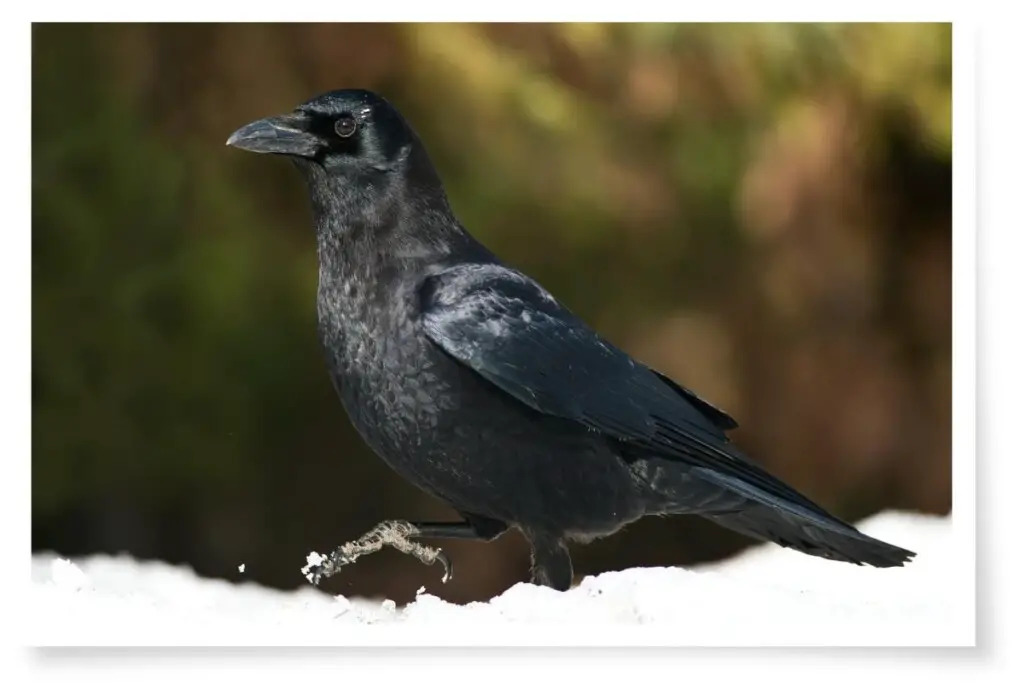
It may surprise you to learn that the substance that gives bird feathers and skin their color (melanin) is the same substance responsible for our hair and skin color. It is not exactly the same but the melanin in our bodies is in the same family of molecules as the melanin in bird skin and feathers.
Melanin is what is called a pigment; a substance that gives color to other materials. There are two classes of melanin: eumelanin and phaeomelanin. Each is responsible for different coloration in birds.
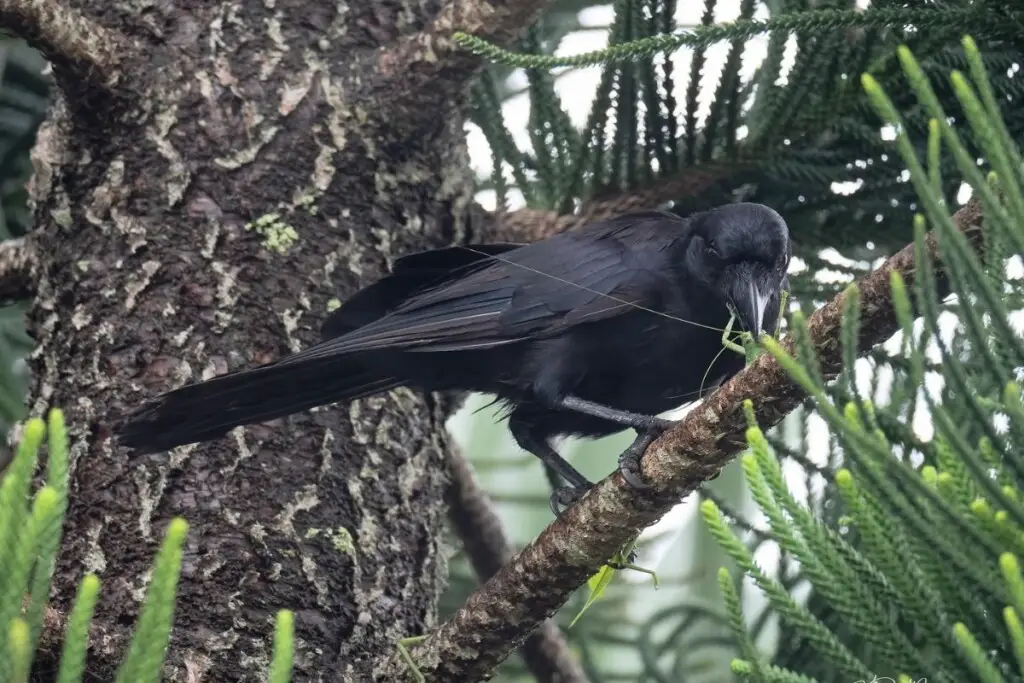
Eumelanin produces black and gray (as well as all shades in between) and phaeomelanin is responsible for earth tones such as rufous, chestnut, or yellowish hues.
The more melanin that is deposited in the skin or feathers of a bird, the blacker it will be. Crows have a high concentration of eumelanin in their bodies. But why do they have this? What advantages are there in being a black bird?
The Advantages Of Being Black
Melanin is not just responsible for a crow’s black coloring. It also provides them and other birds with additional benefits.
Besides being a pigment, melanin also adds strength to the body parts it is found in. This is why a lot of birds have dark wingtips on their flight feathers.
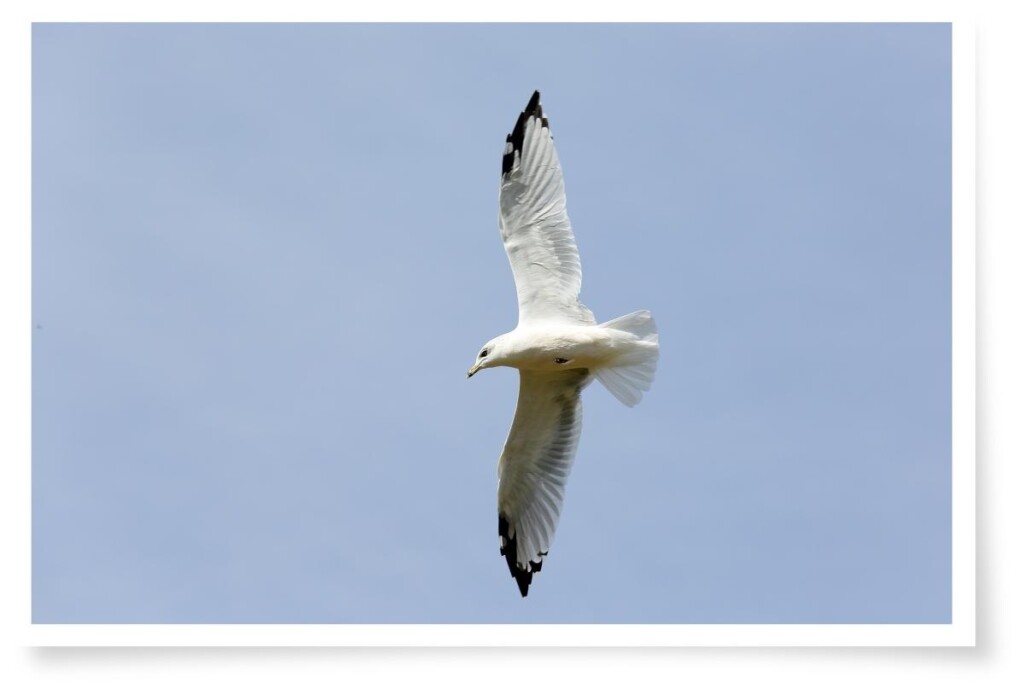
The extra melanin in these parts of the feathers makes them more resistant to wear and tear. As the tip of the wing is crucial for flight and also subject to more sun exposure, it needs to be stronger.
Discover how birds age in this post here on Birdwatch World.
Crows will often scavenge carcasses and to do so need to have strong beaks. This may be the reason for increased melanin in their beaks; to give them the extra toughness needed for such a diet.
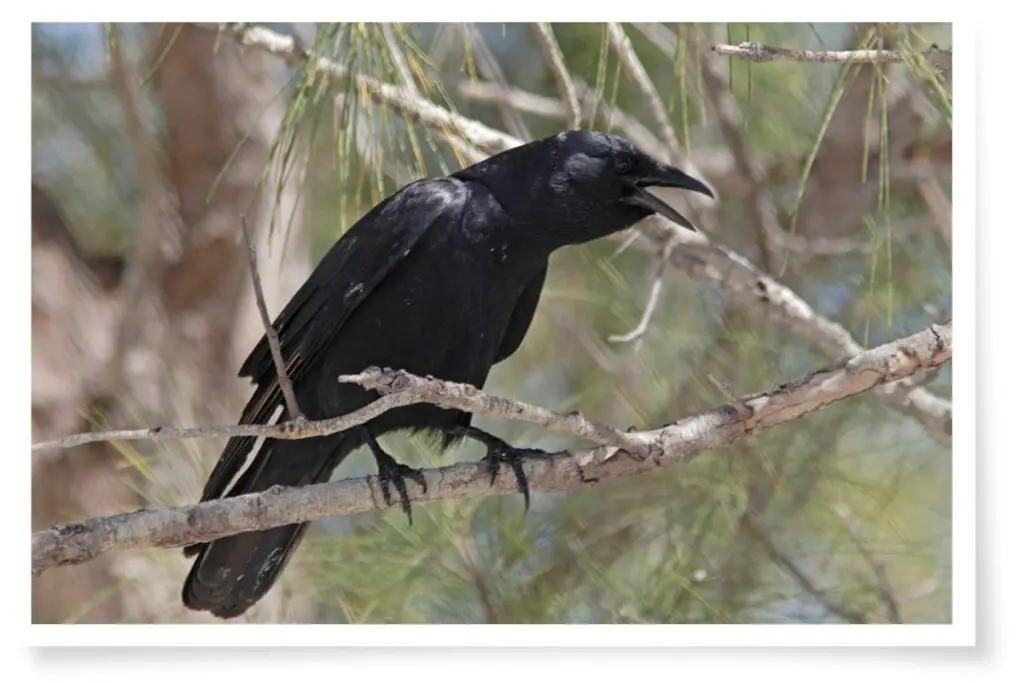
Melanin also has bacteria-resistant qualities. In more humid climates, bacteria can attack the feathers. A lot of birds that live in such climates tend to be darker in color than those in drier climates. As many crows live in humid environments, having this extra protection is beneficial.
Being black also helps crows to regulate their body temperature. We’ve all climbed into a car with a black interior on a hot day and felt that suffocating blanket of heat. This is because as we discussed earlier, black absorbs all light and therefore gets hotter than other colors.
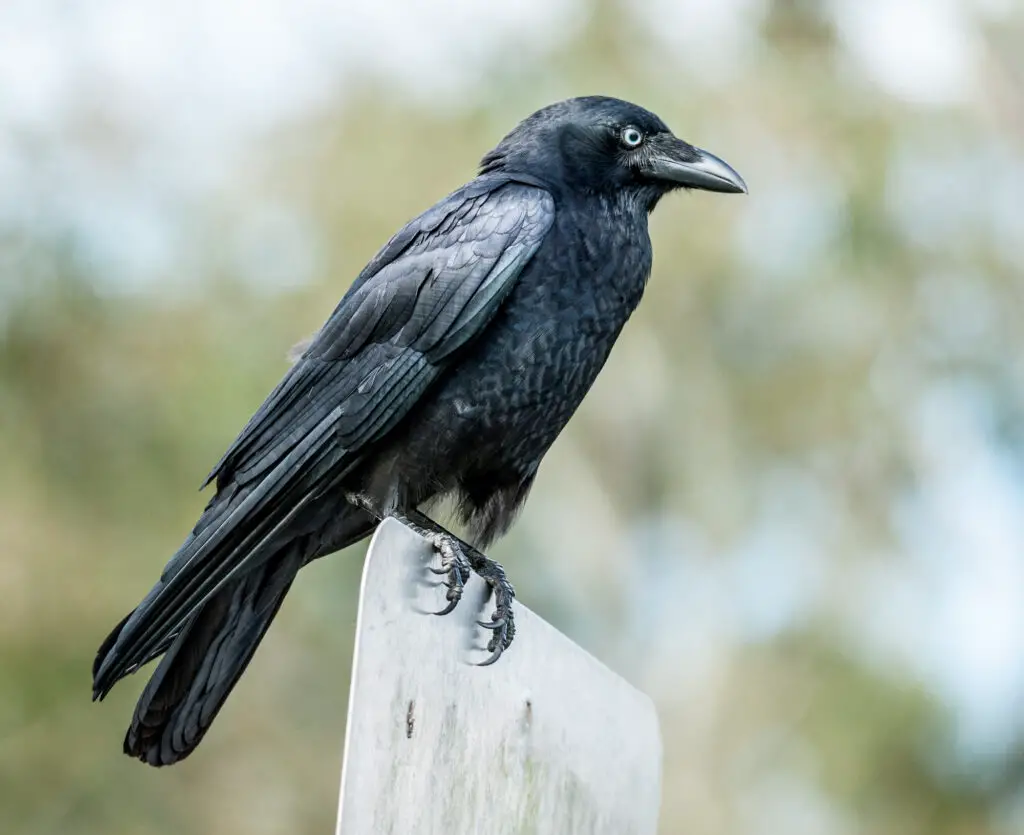
Though a crow’s black feathers will get hotter, they are very well insulated and not much of that heat will reach the skin. In a light breeze, crows will stay cooler than white birds. Their dark feathers absorb light and heat at the surface where they will quickly dissipate back into the air.
A crow’s black feathers may also help it to blend into the shadows when resting in the shade of trees. Conversely, it is possible that being black makes crows more visible to their flock when flying overhead against a bright sky.
Can Birds See Black?
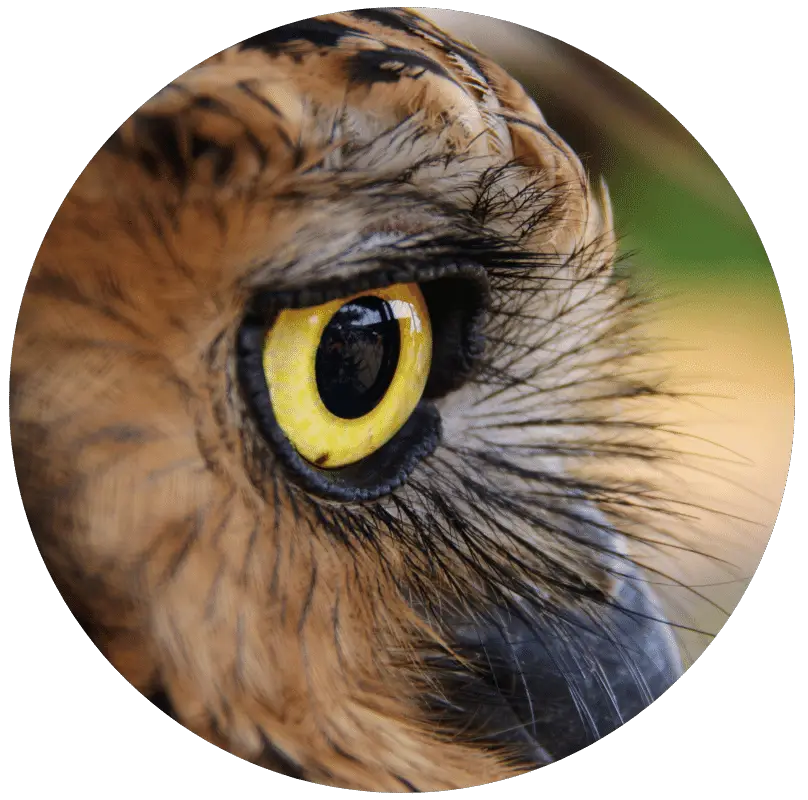
Birds would definitely be able to see black. Their vision is far superior to our own. Not only do they see red, green, blue, and any combination of those but they also see into the UV spectrum of light. Black absorbs all light including UV, so it would appear the same to a bird as it does to us.
The subject of bird vision could occupy a whole article by itself. In fact, I actually have a ‘Do Birds See Colour The Same Way We Do?’ post that you can read if you want all the details. I’m just going to brush over it here.
In the Retinas of our eyes and those of a bird, there are special cells called cone cells. Cone cells respond differently to light of different wavelengths which allows us to see colors.

Jimfbleak at English Wikipedia, CC BY-SA 3.0 https://creativecommons.org/licenses/by-sa/3.0, via Wikimedia Commons
Birds have an additional cone cell in their eyes which allows them to see ultraviolet light which we cannot see. Furthermore, birds also have oil droplets in their cone cells which allow them to see different hues within the normal color spectrum that we see.
This means that birds see more colors than we do. This helps them to do things such as pick out an insect from a leaf or assess the plumage of a potential mate.
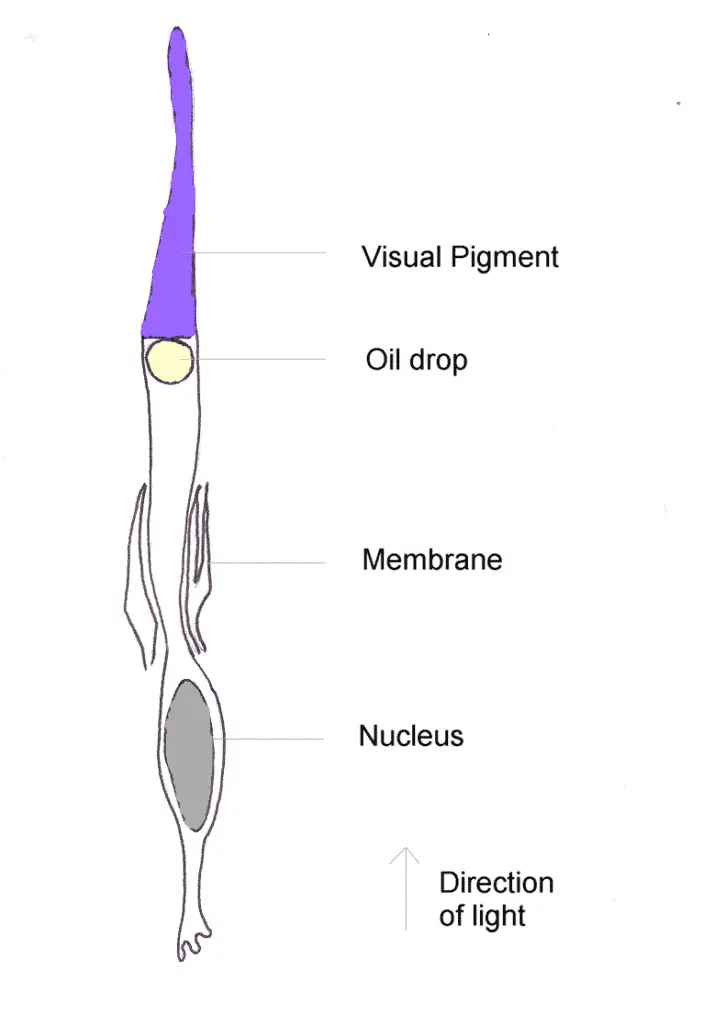
Jimfbleak, Public domain, via Wikimedia Commons
If you think about it…if birds could not see black then crows would essentially be invisible to each other! In addition, birds all over the world would be colliding with black cars or buildings; it would be carnage?!
Are All Crows Black?
Not all crows are black. Some crows have gray, white, brown, or bluish feathers. The Piping Crow from Indonesia for example has a white neck and belly and a head that appears bluish-purple. The Brown-headed Crow from New Guinea has a dark brown head, neck, and belly. There are other colored crows too.
Piping Crow
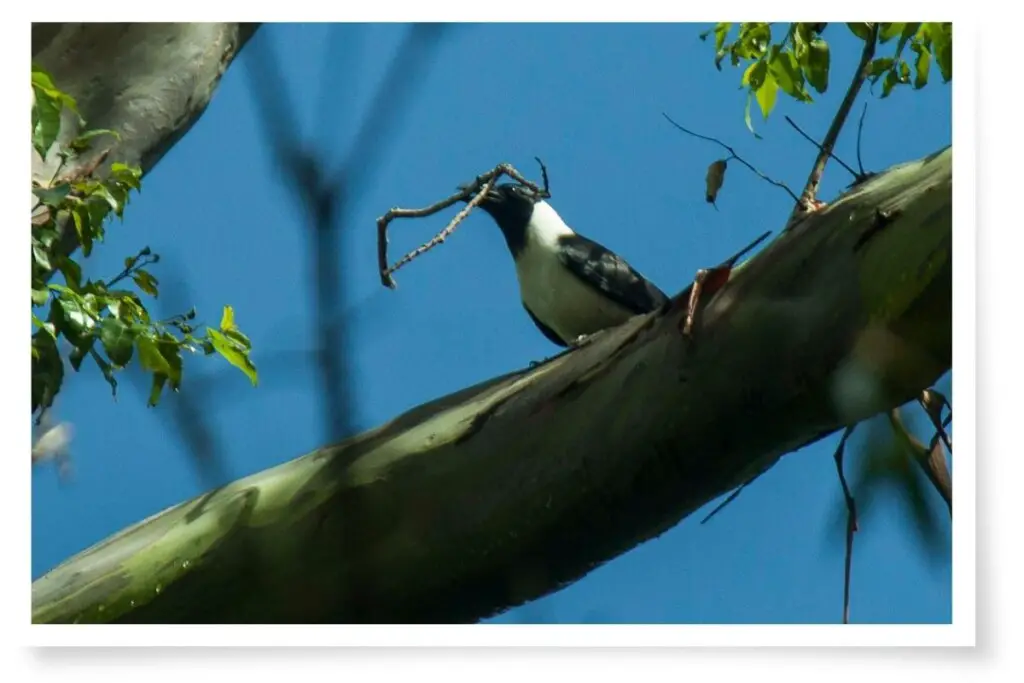
The Piping Crow is found in Indonesia on Sulawesi and the smaller islands of Muna, Butung, Wowoni, and Kabaena.
These pied crows are around 35-40 cm (13.8-15.7 in.) in length and have a short, square tail. They can be found foraging in the middle levels of the forest canopy in groups of 4-10 individuals.
Their call is a very un-crowlike screeching sound:
Are you hearing strange bird sounds at night? It could be the bird of death…find out in this Birdwatch World post.
Brown-headed Crow
These interesting-looking crows from New Guinea are around 45 cm (17.7 in.) in length. They have huge arched bills and short, square tails.
Brown-headed crows eat fruits, foraging alone, in pairs, or occasionally in small flocks in the forest canopy.
Their call is more crowlike but quite unusual:
Hooded Crow
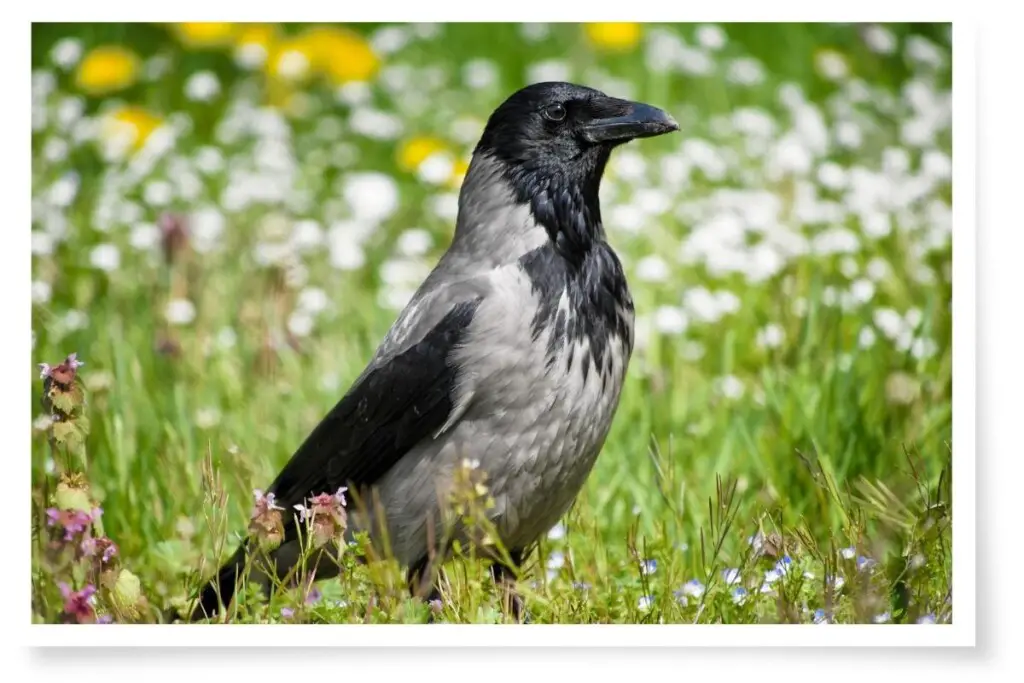
Hooded crows are found in the UK, Europe, and parts of Asia. They are around 48-54 cm (18.9-21.3 in.) in length.
These birds have ash-gray bellies, rumps, napes, and backs. Their heads are glossy black and have an area of black that resembles a breastplate.
Hooded crows are mainly carnivorous scavengers though they will eat pretty much any plant or animal material.
The call of the hooded crow is what you would expect to hear coming from a crow:
House Crow

House crows are found mostly in Asia. They are slim-bodied crows with a slightly arched bill and measure around 40-43 cm (15.7-16.9 in.) in length.
These crows are mostly a blackish-slate color with gray feathers on their nape, neck, and chest.
Like hooded crows, house crows are omnivorous scavengers. Their main diet is food scraps they gather from rubbish dumps, abattoirs, street markets, and fishing villages.
These birds have a particularly crowlike call:
Daurian Jackdaw

The Daurian Jackdaw is another Asian species of crow found in parts of Siberia, Mongolia, N & S Korea, and Japan.
A small corvid around 34-36 cm (13.4-14.2 in.) in length with a small, short bill. Glossy black on the head, face, neck, and breast. Their nape, lower breast, and underparts are whitish, tinged pinkish-gray when the feathers are fresh.
Daurian jackdaws will eat seeds, grain, and insects. They will often join flocks of other crow species in stubble fields during autumn and winter.
Their call is the classic ‘caw’ sound you’d expect from a crow:
Are Crows Bad Luck?
Crows are not bad luck unless you believe them to be. Many cultures have labeled crows as bad omens or harbingers of death. This is because crows have an association with death; they eat carcasses and roost in cemeteries. This behavior is natural for these birds, not supernatural as some would believe.
Perhaps it is their fondness for feasting on dead things, the fact that they like to hang around cemeteries, or a variety of other things, but crows have always received a bum rap.
In many cultures, the carnivorous habits of crows lead people to believe they were not simply eating the flesh of the dead but also their souls. Subsequently, crows were thought to harbor the souls of the dead.
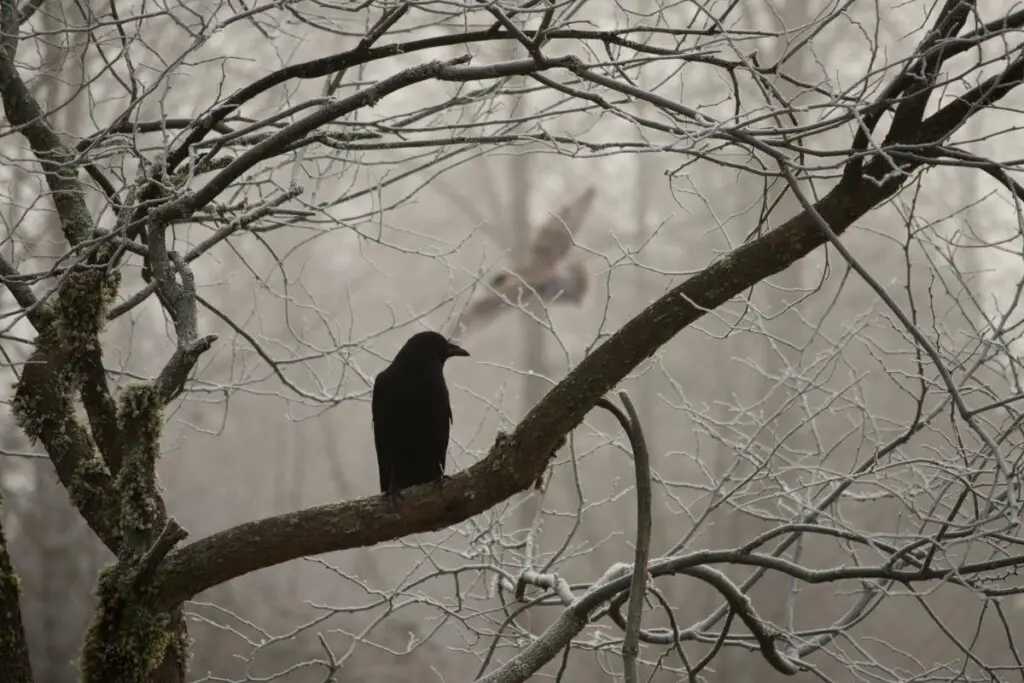
Crows and Ravens do like to hang around cemeteries but so do a lot of other birds and there are good reasons for this.
Firstly, cemeteries are generally wide-open spaces with a lot of trees and crows like to roost in communal groups. Secondly, the grass at cemeteries is kept nice and short, making it easy for crows to find insects to eat.
Crows are very intelligent and can also remember human faces. Not only can an individual crow remember a person but the familiarity can be passed down through generations. Crows will defend themselves from a person that has done them harm.
Discover 8 birds that are either fearless or stupid in this post here on Birdwatch World.
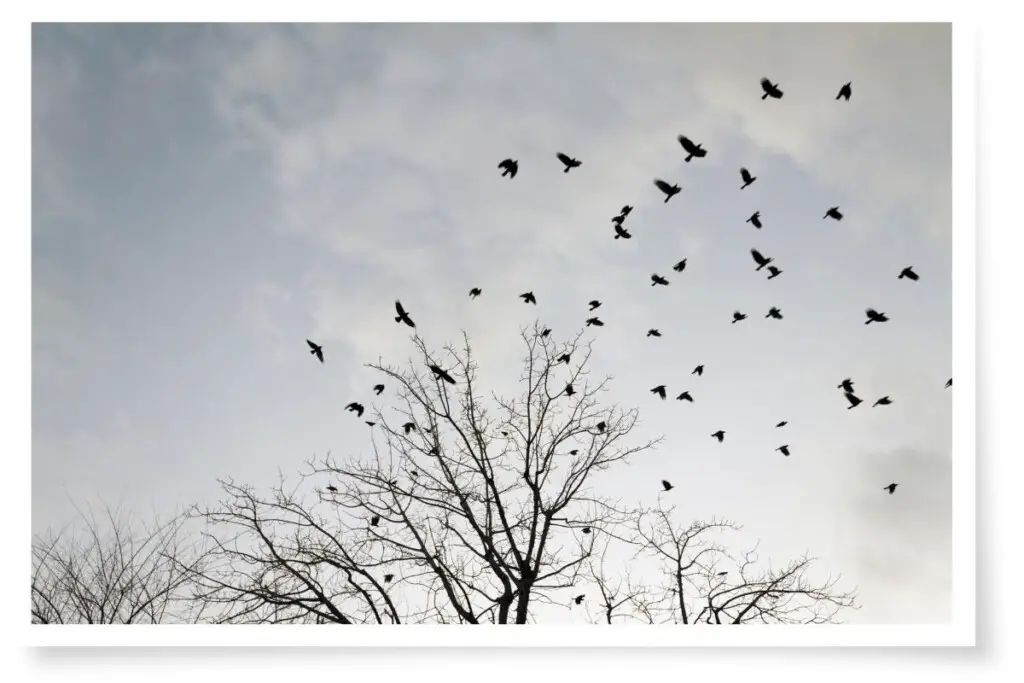
If you wrong a crow, you will not only be swooped and pecked at by that bird but also its entire family. This ability to hold a grudge may be another reason crows are thought to be bad luck.
This works the other way around too…if you befriend a crow, you will have a friend for life. Future generations of that bird will also recognize you and be your friends too.
References
- National Geographic Bird Coloration – Geoffrey E. Hill
- 10 Odd and Interesting Facts About Crows and Ravens (North America) – Lesley The Bird Nerd on YouTube
- What It’s Like To Be A Bird – David Allen Sibley



